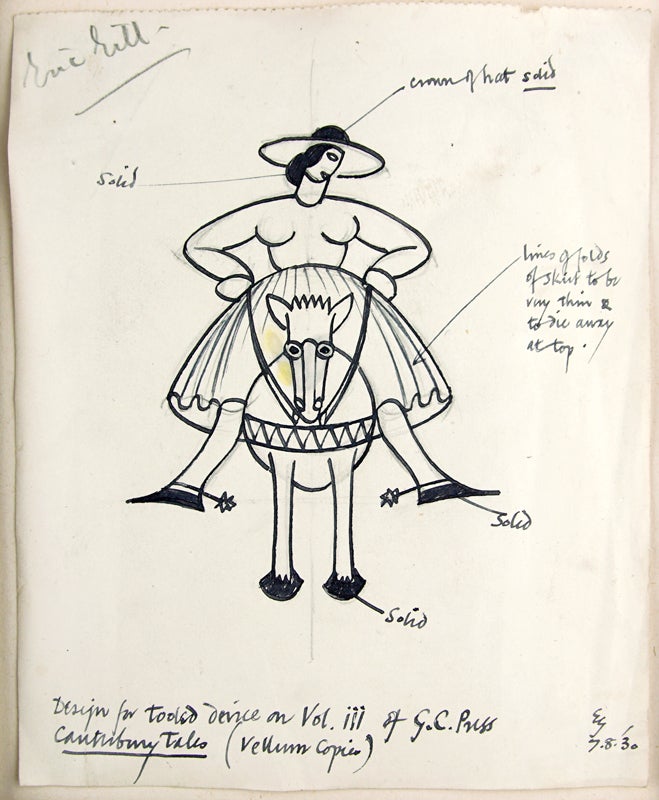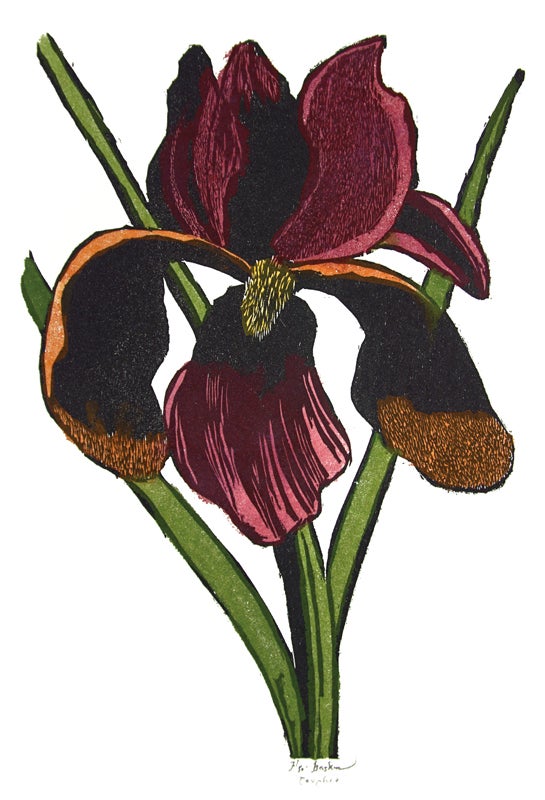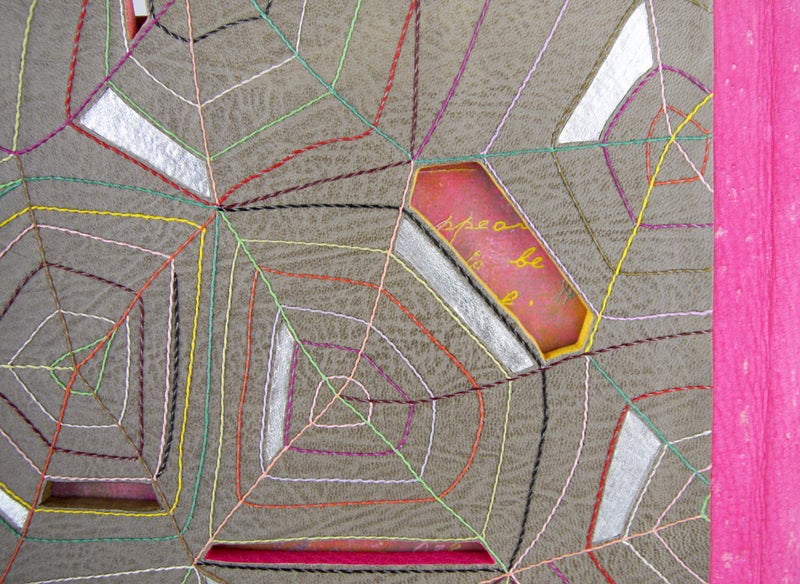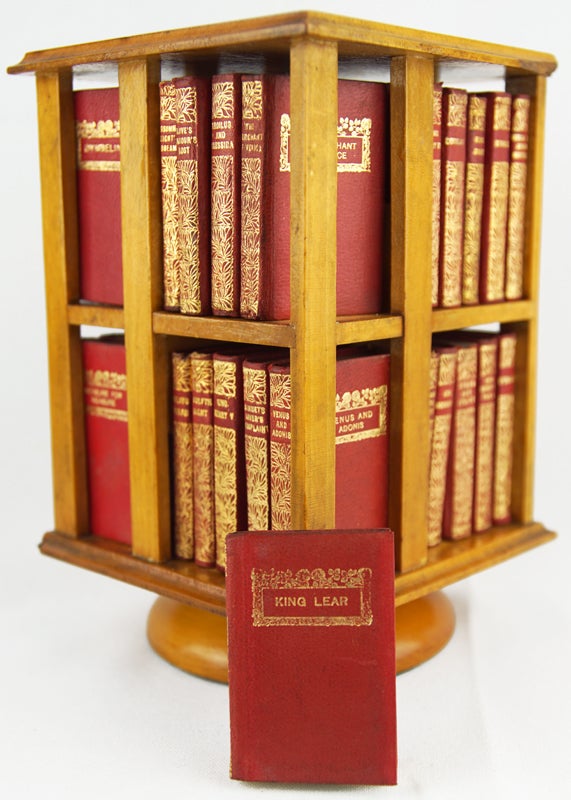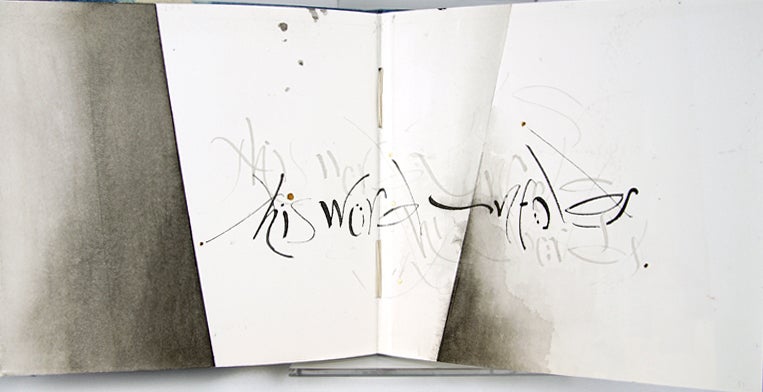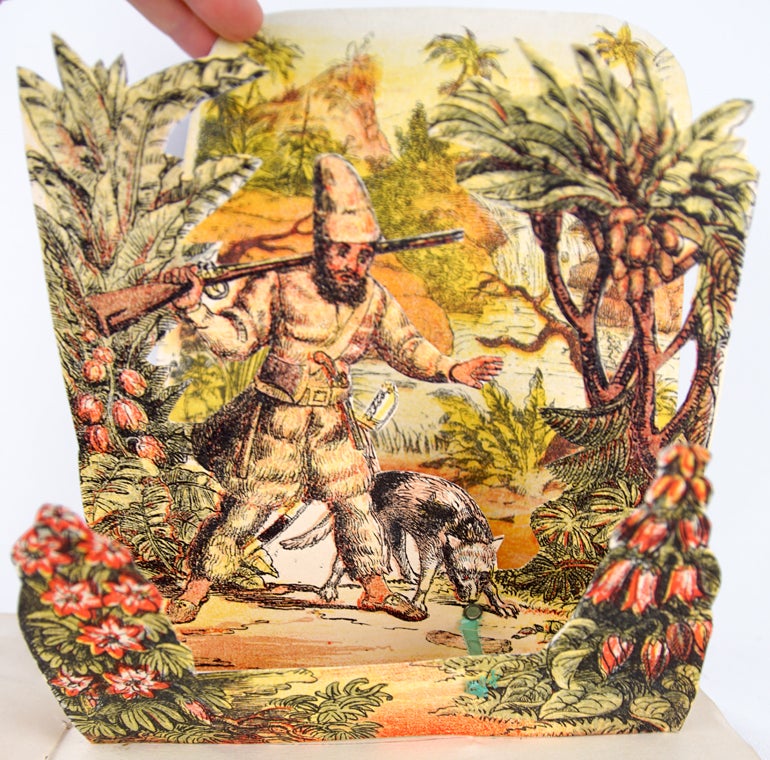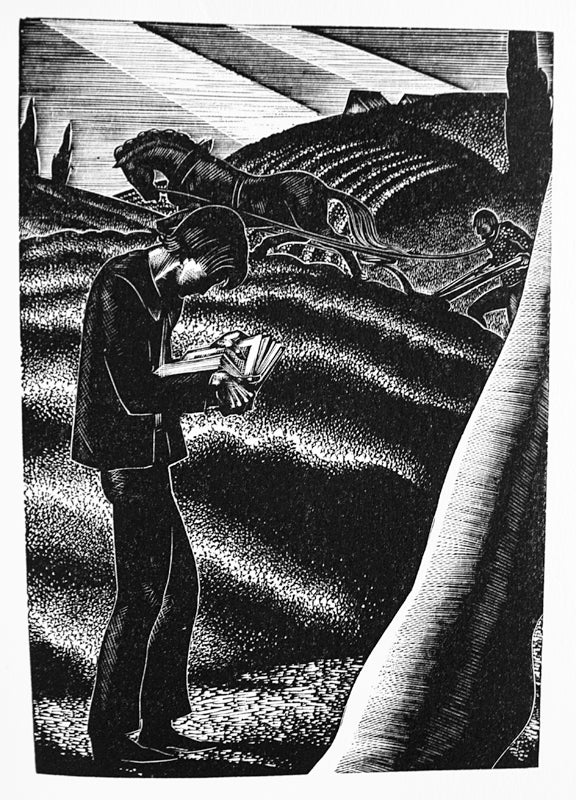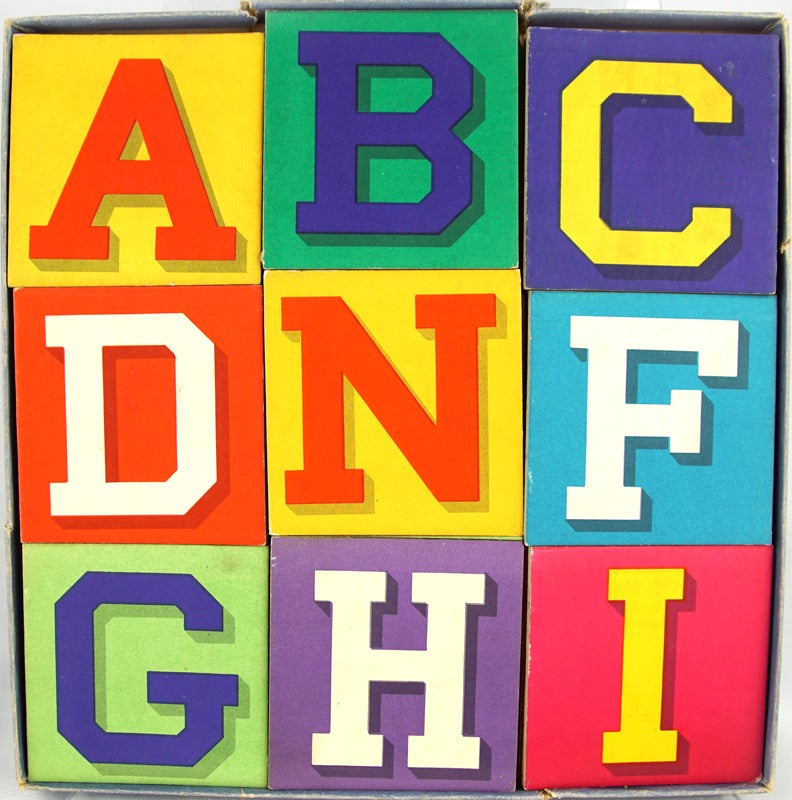E-catalogue 106: Original Art, Prints, and Books by Eric Gill
In the introduction to our last Eric Gill list three years ago, we quoted Fiona MacCarthy, who said of Gill’s artistic legacy that “his immediacy lingers.” Three years later, we find ourselves again in a position to consider his bountiful contribution to the evolution of the book arts. Occasioned by the acquisition of a cache of original art—including a finished wood block—we offer a mix of material that covers a wide swath of an artistic career that spanned close to four decades. Beginning with the original artwork for Roger Fry’s 1910 Christmas card and bookended by his detailed drawing for the crucifix for the Blundell School chapel, which Gill executed in 1938—just two years before his death—this group presents a representative overview of Gill as calligrapher, sculptor, engraver, illustrator, and author.


